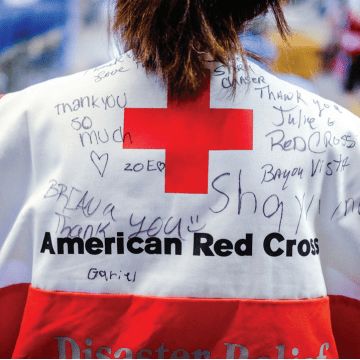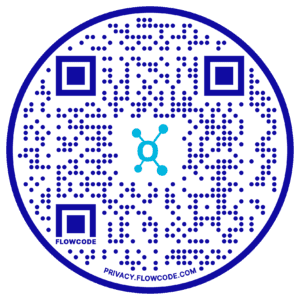
Is it possible, however, that Twitter’s biggest prosocial impact comes from the unique platform it provides for nonprofits and philanthropic organizations? With Twitter’s restrictions on character count, many organizations rely heavily on images in order to spread their messages. Some, like UNICEF and Charity: Water, encourage support for their cause by sharing images and videos of those they have helped.
Twitter also allows for a particularly rapid spread of information, as users are able to so easily and quickly retweet interesting news or calls to action. While this can certainly help nonprofits spread the word about their cause, it also serves a more unique role in that it can benefit charities looking to quickly disperse information during an emergency or natural disaster.
Leadership Connect, which has been utilized by FEMA for contacting local/state officials in post-disaster response, spoke to The American Red Cross with this in mind. The organization gave important insight into how it utilizes Twitter to circulate messages when needed. A representative said:
Specifically, during disasters, we use Twitter and other major social networks to share preparedness information, as well as content about the services we’re providing in the impacted area.
The rep also noted that Twitter can be used as a way for The Red Cross to answer questions regarding any crises, and provide locations for necessary resources.
Before, during and after Hurricane Barry struck Louisiana with force in mid-July, The Red Cross monitored social media platforms to determine trends in “the types of information that people are looking for – such as finding the nearest shelter.” Content is posted in accordance with these trends so as to be most beneficial to a vast numbers of people.
Thus, it seems that apart from its active efforts to bring about change – such as the #YouthForGood program and Neighbor Nest – Twitter offers an effective mass-messaging system for large organizations. This is invaluable when people are in need of food, shelter or other assistance. It highlights the importance of connecting people in developing countries to this network.
Stay turned for information on efforts to expand internet connection in rural and/or developing areas.







